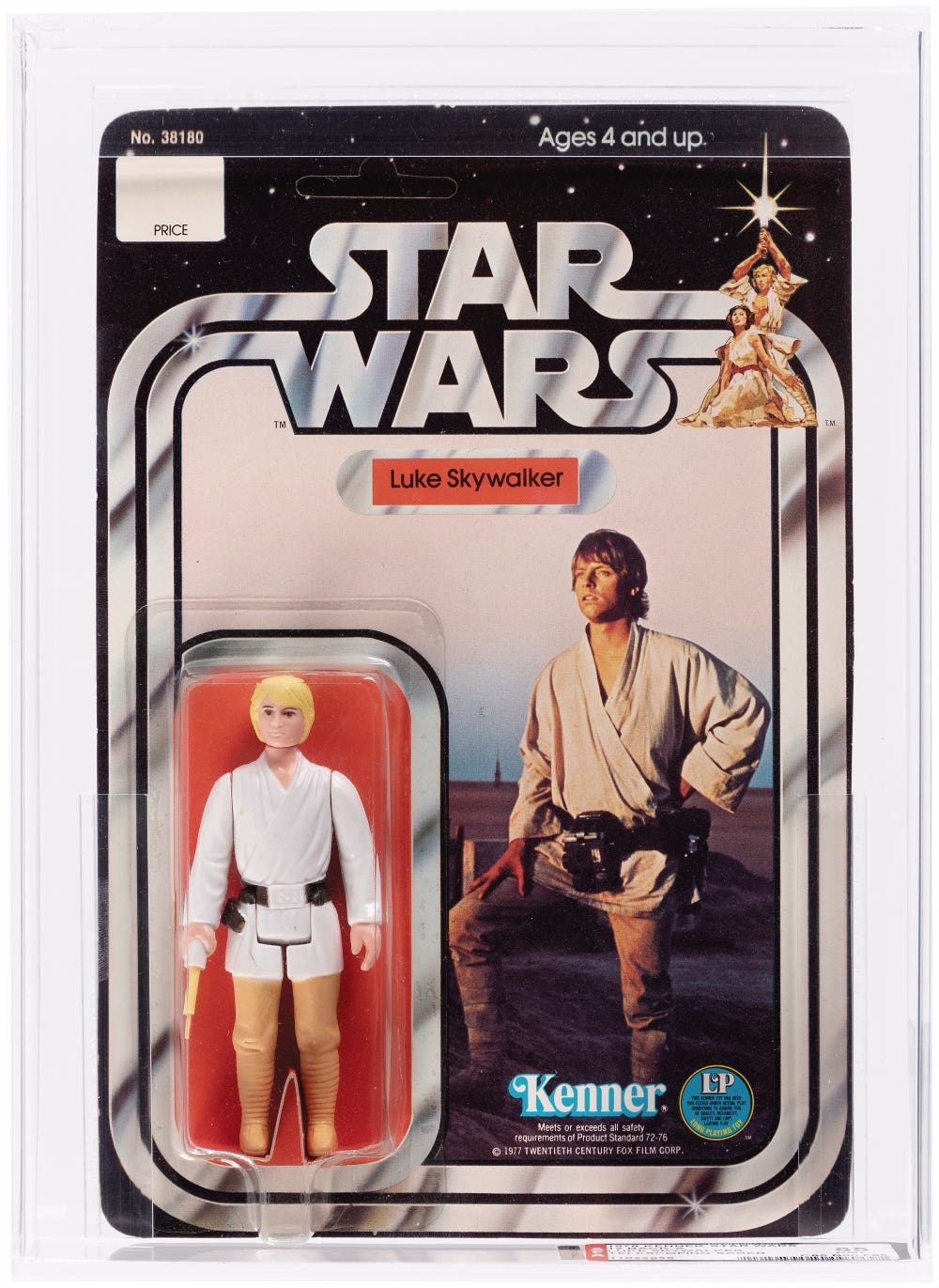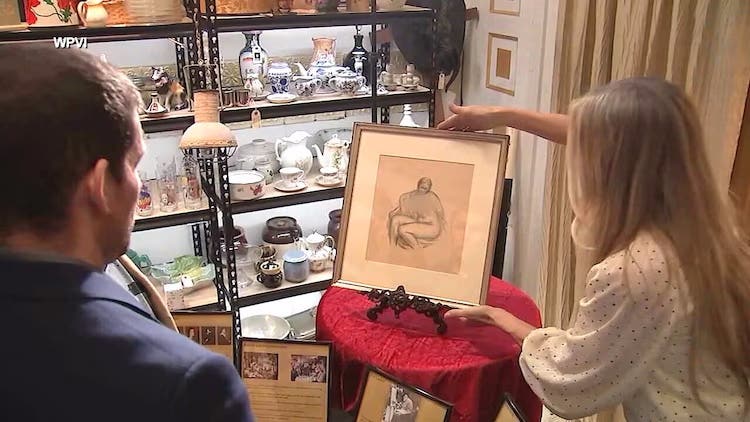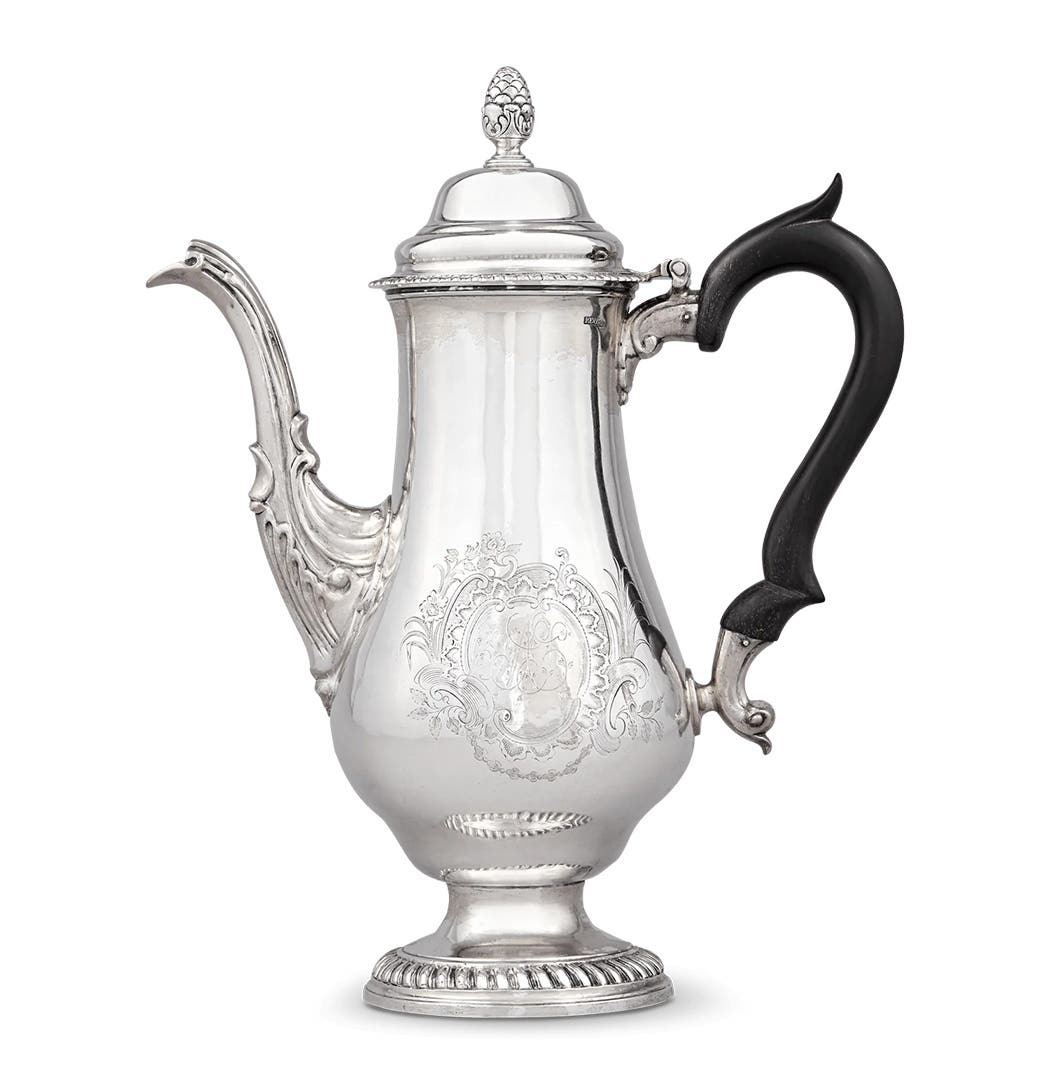Adapting estate sale model increases sell-through
Behind the Gavel columnist Wayne Jordan examines the methods, elements, and growing interest in the online estate sales business.
Was I wrong about this?
I’ve always maintained that the estate sale business would be dominated by small, local companies. It was hard to imagine that it was a scalable national business. I ran estate tag sales and auctions for decades, and the logistics of doing a good job locally were formidable; I didn’t even want to consider expanding into other states.
Surprising Success with Uncommon Estate Sale Tactic
Imagine my surprise when I read that Everything But the House [http://ebth.com] raised $41.5 million in October 2016 to fund further national expansion (they currently have a presence in 21 cities). To date, EBTH has raised over $84 million. Makes my head spin just thinking about it.
What’s so special about EBTH that would prompt investors to risk that kind of money? Beats me. But no one parts with that kind of cash without taking a good, hard look at the investment. I suppose EBTH passed muster on that score.
EBTH’s “claim to fame” is that they hold estate sales online. After a screening process to determine if an estate is worthy of their efforts (minimum of $15,000 gross sales), they send a crew into a home to photograph saleable items, write item descriptions, and upload the inventory to the EBTH website. Bidders log onto the site to participate in a timed auction. Goods are shipped to winning bidders, or held for local pickup. Items deemed not suitable for sale are donated or trashed. According to a customer service rep at EBTH, they have over 750,000 registered bidders; their website got 35 million hits last month. Those are certainly good numbers, but are they $84 million good?
New View of Not-So-Old Sales Approach
EBTH’s method of operation isn’t new, and it isn’t proprietary. Auction and estate sale companies have pursued various combinations of live and online auctions for years through sites like Proxibid [proxibid.com], eBid [ebid.com], and even eBay. Sellers’ access to an online auction is easily available; there is no shortage of well-trafficked websites on which to sell.
According to an article in Fortune Magazine, EBTH CEO Andy Nielsen hopes that a “more centralized approach” to estate sales will succeed [http://for.tn/2ef35uu]. I wish him luck, and I hope his investors make a nice return on their investment. One thing is certain: The estate sale business is huge. With the Boomer mortality rate increasing, it will only get bigger [http ://bit.ly/2fkXWiM].
Who is poised to get the “lion’s share” of future estate sale business? Big companies like EBTH, or small local companies? In my opinion, the answer lies not in scale, but in who can best get the job done for the estates. After all, it’s a buyer’s market: the supply of used merchandise greatly exceeds the demand for it. What needs to be examined is which sales model can sell the most goods at the best prices, not which operating model is the most efficient for estate sale companies.
How do today’s dominant selling models measure up to meeting the needs of estates? Let’s look at the pros-and-cons of the three dominant models: online selling; live selling (on-site and gallery auctions and tag sales); and the increasingly popular hybrid model.
Online Selling
The “pros” of online selling are well known. For some goods, online selling brings higher prices, because competitive bidding drives up prices. With the larger bidding pools generated online, goods offered might sell for more money than they would at a local, live auction (but not necessarily).
The drawbacks to online-only estate selling are two:
A large percentage of estate sale buyers – up to 30% by some reports – don’t like to buy online. They like to touch and inspect the items they bid on. Online item descriptions are notoriously inaccurate; not by design but through a lister’s inexperience and the nature of the medium.
Collectors and dealers may want to heft an item, or feel its finish, or smell it. Those things can’t be done online. When an item can’t be properly inspected, bids are low or not made at all. The importance of touch can’t be underestimated; for a further look at this topic see the May 25, 2016 edition of Behind the Gavel [http ://for.tn/2ef35uuhttp://bit.ly/2fZLmoJ].
Shipping is always an issue. Some items are just too big or awkward to ship, others are breakable. On the review platform Site Jabber [http://sitejabber.com], most of the negative reviews of a popular online estate seller were shipping related. A recent study by Stella Service reports damage rates by major carriers are upwards of 10% [http://bit.ly/2f8qiz6].
Live Selling
On-site tag sales and auctions don’t generate the participation of online sales, but (in my opinion) their gross sales are equal to or better than online-only auctions. Live, on-site sales have better sell-through; more goods are sold because shipping isn’t an issue and items can be inspected before purchase. Gallery auctions don’t have the sell-through percentage of on-site sales, because, like online auctions, the sale companies cherry-pick an estate and leave a lot of goods unsold.
Hybrid Approach
The increasingly popular hybrid method combines online competitive bidding with the touch and inspection factor that consumers prefer. In this model, estate sellers sort, clean, and display saleable merchandise (as with a tag sale), but items are marked as lots rather than priced. Lots are photographed, descriptions are written, and placed online. Estates are open for preview only; bidding and payments are done online. Preview is offered so that consumers may inspect items; it is suggested but not required. Winning bidders return at designated times to pick up their purchases. The benefits of hybrid selling are clear:
• Competitive bidding is maintained (prices go up at an auction, rather than negotiated down as in a tag sale).
— Ease of “timed auction” bidding
• Bidders are able to inspect items before they bid
— More items are auctioned; estates benefit from greater sell-through
• Customer logistical problems like food, restrooms, tents, parking, crowds, congested check-out, price negotiation, etc. are eliminated.
A clear idea of the hybrid process can be seen by examining sale listings from eBid: http://bit.ly/2fZLQLz.
EBTH will likely continue to grow, and there is certainly a place for large, multi-state sale companies in the scheme of things. But I still have to give the edge to local companies when it comes to assisting estates with liquidation. Research has consistently shown that consumers want to touch and inspect items before they buy (that’s why “showrooming” – shopping local and buying online – is so prevalent). Online-only companies simply can’t do that.
Longtime columnist, writer, and author, Wayne Jordan is an antiques and collectibles expert, retired antique furniture and piano restorer, musician, shop owner, auctioneer, and appraiser. His passions are traveling and storytelling. He blogs at antiquestourism.com and brandbackstory.com.








